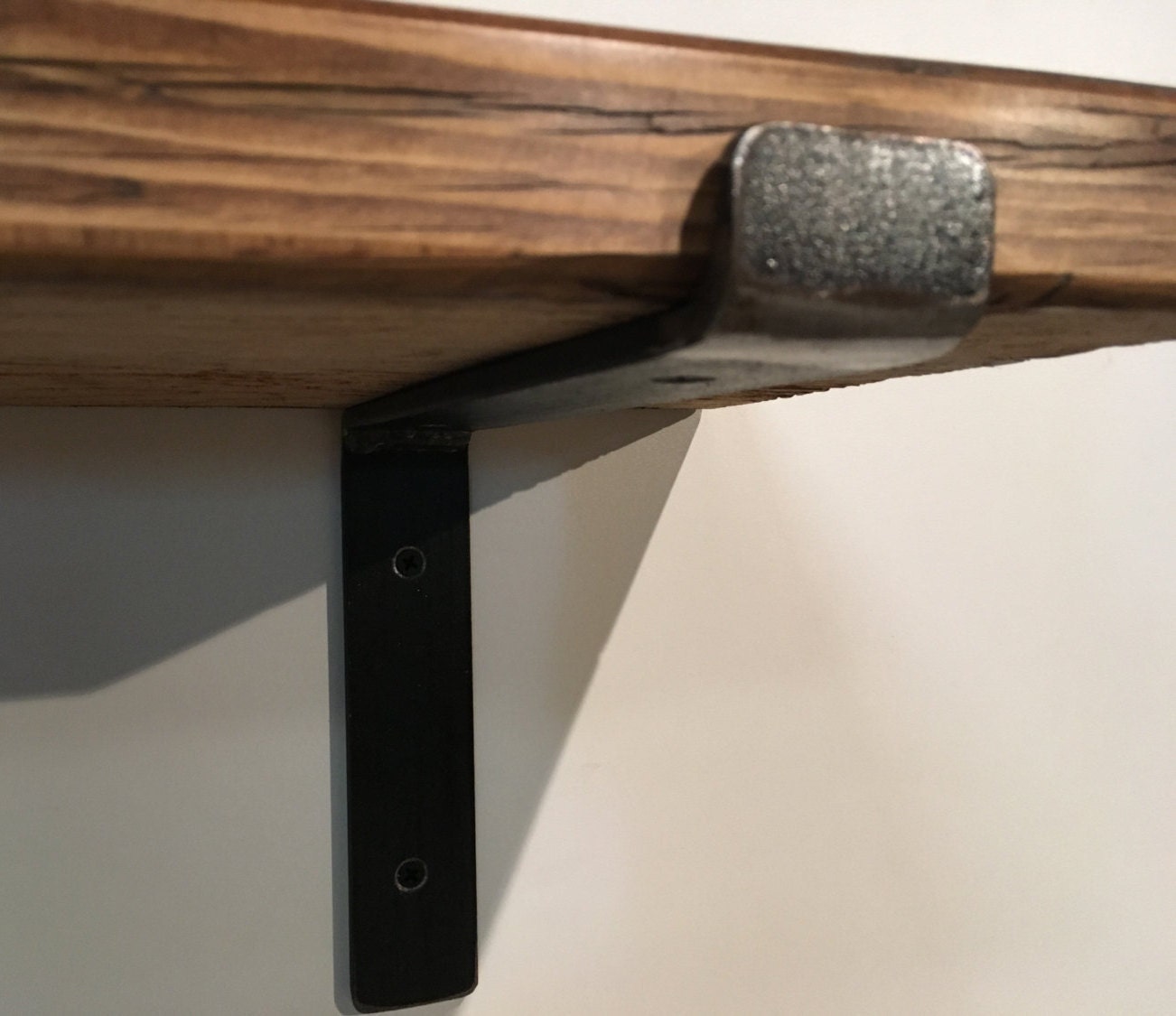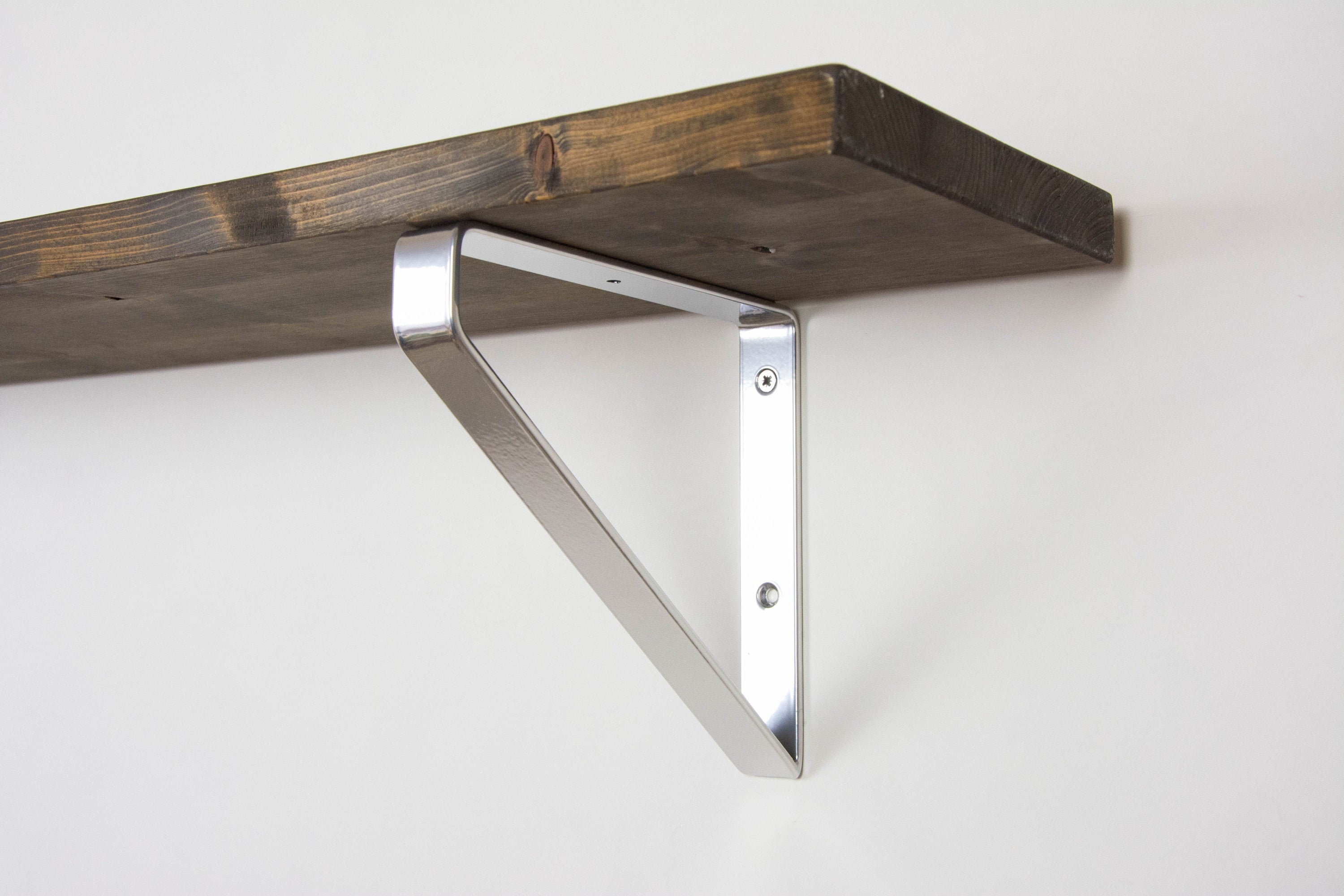Types of Metal Cabinet Shelf Supports

Metal cabinet shelf supports are essential components for providing structural stability and load-bearing capacity to shelves in cabinets. They come in various designs and materials, each offering unique advantages and disadvantages. Understanding the different types of metal shelf supports is crucial for selecting the best option for specific applications.
Types of Metal Cabinet Shelf Supports
Metal cabinet shelf supports are categorized based on their construction, material, and load-bearing capacity. Here are some of the most common types:
- Adjustable Shelf Supports: These supports allow you to adjust the height of shelves within a cabinet. They typically consist of a metal bracket with a threaded rod that can be screwed up or down to change the shelf height. Adjustable shelf supports are versatile and offer flexibility in organizing cabinet space.
- Fixed Shelf Supports: Fixed shelf supports are designed for a specific shelf height and cannot be adjusted. They are typically made of metal brackets that are fixed to the cabinet sides using screws or bolts. Fixed shelf supports are ideal for applications where the shelf height needs to be permanent.
- Heavy-Duty Shelf Supports: Heavy-duty shelf supports are designed to support heavier loads. They are typically made of thicker metal and have a wider base for increased stability. These supports are suitable for storing heavy items such as tools, appliances, or books.
- Light-Duty Shelf Supports: Light-duty shelf supports are designed for lighter loads. They are typically made of thinner metal and have a smaller base. These supports are suitable for storing lighter items such as dishes, clothes, or small appliances.
- Wire Shelf Supports: Wire shelf supports are made of metal wire and are designed to provide a lightweight and airy appearance. They are typically used for storing lighter items such as food or household goods.
Comparison of Metal Cabinet Shelf Supports
The following table compares the advantages and disadvantages of different types of metal cabinet shelf supports:
| Type | Advantages | Disadvantages |
|---|---|---|
| Adjustable Shelf Supports | – Versatility and flexibility in adjusting shelf height – Easy to install and adjust |
– Can be more expensive than fixed supports – May not be as strong as fixed supports |
| Fixed Shelf Supports | – Strong and durable – Can be less expensive than adjustable supports |
– Not adjustable – Less versatile than adjustable supports |
| Heavy-Duty Shelf Supports | – High load-bearing capacity – Suitable for storing heavy items |
– Can be more expensive than light-duty supports – May be bulky and difficult to install |
| Light-Duty Shelf Supports | – Lightweight and easy to install – Affordable |
– Lower load-bearing capacity – Not suitable for storing heavy items |
| Wire Shelf Supports | – Lightweight and airy appearance – Easy to clean |
– Lower load-bearing capacity – May not be as durable as other types of supports |
Examples of Shelf Support Applications
- Adjustable Shelf Supports: Ideal for kitchens, bathrooms, and closets where you need to adjust shelf height for different storage needs.
- Fixed Shelf Supports: Suitable for garages, workshops, and storage rooms where shelves need to be fixed at a specific height.
- Heavy-Duty Shelf Supports: Used for storing heavy items in garages, workshops, and warehouses.
- Light-Duty Shelf Supports: Suitable for storing lighter items in kitchens, bathrooms, and closets.
- Wire Shelf Supports: Ideal for storing food in pantries, organizing clothes in closets, and creating a decorative look in cabinets.
Installation and Mounting Methods

Installing metal cabinet shelf supports is a simple process that can be done with basic tools and a little bit of know-how. The most common methods for installing these supports involve drilling, screwing, and clipping.
Drilling and Screwing
Drilling and screwing are the most common methods for installing metal shelf supports. This method offers a secure and durable connection.
- Tools and Materials: You will need a drill, drill bits, a screwdriver, screws, and a pencil.
- Step 1: Mark the location for the shelf supports on the cabinet side walls using a pencil.
- Step 2: Drill pilot holes at the marked locations using a drill bit slightly smaller than the diameter of the screws.
- Step 3: Insert the screws into the pilot holes and tighten them with a screwdriver.
- Step 4: Once the shelf supports are securely attached, place the shelf on top of them.
Clipping
Some metal shelf supports are designed to be clipped onto the cabinet side walls. This method is typically used for lighter shelves and is a quicker installation process.
- Tools and Materials: You will need a measuring tape, a level, and a screwdriver (if necessary).
- Step 1: Measure the desired height for the shelf and mark the location on the cabinet side walls.
- Step 2: Align the shelf support clips with the marked location and press them firmly into place. Some clips may require a slight push or twist to secure them.
- Step 3: Place the shelf on top of the clips.
Installing Shelf Supports on Different Cabinets
The installation method may vary slightly depending on the type of cabinet. Here are some examples:
- Standard Cabinets: For standard cabinets with side walls made of wood or particleboard, drilling and screwing is the most common method.
- Metal Cabinets: For metal cabinets, you may need to use self-tapping screws or specialized fasteners designed for metal.
- Glass Cabinets: For glass cabinets, you may need to use adhesive-backed shelf supports or special brackets designed for glass.
Factors to Consider When Choosing Metal Cabinet Shelf Supports

Choosing the right metal cabinet shelf supports is crucial for ensuring the stability, durability, and functionality of your shelves. The wrong choice can lead to sagging shelves, damaged goods, or even accidents. Several factors need to be considered to ensure the best fit for your specific needs.
Weight Capacity, Metal cabinet shelf supports
The weight capacity of a shelf support is a critical factor. It determines the maximum weight the shelf can safely hold. It’s crucial to choose shelf supports with a weight capacity that exceeds the anticipated load. Overloading shelf supports can lead to bending, breaking, or even collapsing, causing damage to your belongings and potential safety hazards.
The weight capacity of a shelf support is typically indicated by the manufacturer in pounds or kilograms.
Shelf Depth
The depth of the shelf also influences the choice of shelf supports. Shelf supports are available in various depths to accommodate different shelf sizes. It’s essential to choose shelf supports that match the depth of your shelves to ensure proper support and stability.
For example, a 12-inch deep shelf would require shelf supports with a depth of at least 12 inches.
Cabinet Material
The material of the cabinet also plays a role in choosing shelf supports. Different materials require different types of mounting methods. For example, wooden cabinets may use screws, while metal cabinets might require different fasteners or mounting techniques.
For example, if you are using a metal cabinet with a thin wall, you may need to use a type of shelf support that has a wider base to distribute the weight more evenly.
Desired Aesthetics
The aesthetics of the shelf supports are another consideration. While functionality is paramount, shelf supports can also contribute to the overall look of your cabinets. Different materials, finishes, and designs are available to match your style preferences.
For example, if you have a modern kitchen with stainless steel appliances, you might choose shelf supports with a brushed stainless steel finish.
Metal cabinet shelf supports are the backbone of any well-organized kitchen or workshop. They provide robust support for your belongings, ensuring that your shelves remain sturdy and reliable. When choosing these supports, consider the weight you need to accommodate and the overall aesthetic of your space.
For a seamless look, consider pairing your shelf supports with surface mount cabinet hinges , which offer a clean and contemporary finish. With the right combination of these essential components, you can create a functional and visually appealing storage solution that will serve you well for years to come.
Metal cabinet shelf supports provide the backbone for organized storage, ensuring your shelves stay strong and stable. Whether you’re looking for a durable solution for a workshop or a stylish way to organize your kitchen, these supports are essential.
For a more versatile option, consider a keter plastic freestanding utility storage cabinet , which offers both storage and mobility. No matter your choice, remember that the right supports can make all the difference in creating a functional and aesthetically pleasing storage system.